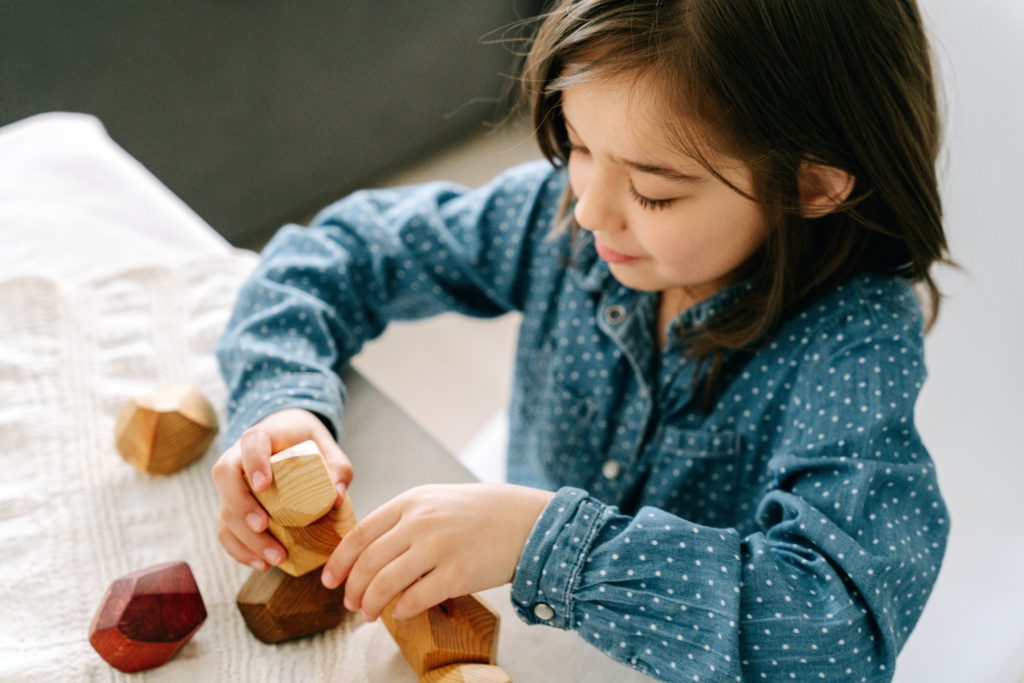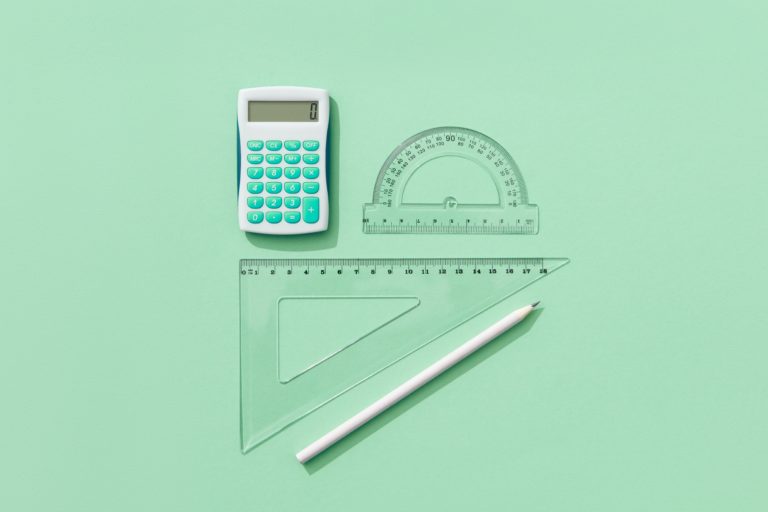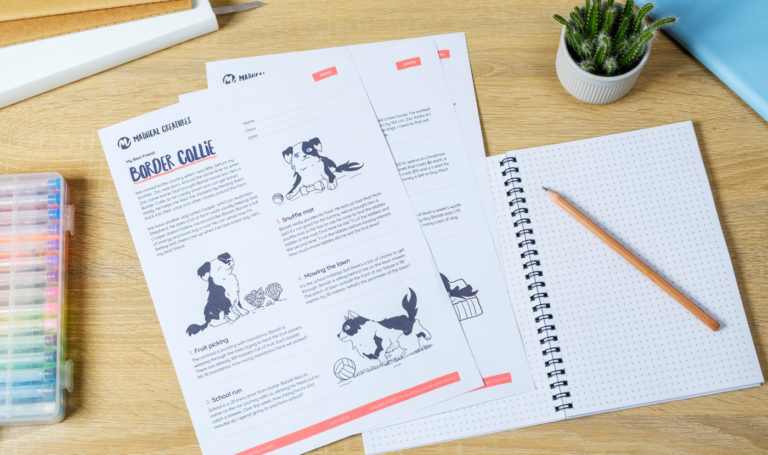At school pick up, a friend told me something about learning times tables that changed the course of my daughter’s maths confidence.
This was in Year 4 when my daughter was learning multiplications – multiplying one-digit numbers by a larger number. E.g 478 x 6 = ?
After sitting with my daughter to work out what she didn’t understand, it turned out she knew how to do long multiplications.
But she didn’t know her times tables.
Imagine trying to work out 6 x 8 = ?
If you know the 6 or 8 times tables, then it’s quick to answer.
But if you don’t, then you’re trying to work out…
6 + 6 + 6 + 6 + 6 + 6 + 6 + 6 =?
Or
8 + 8 + 8 + 8 + 8 + 8 = ?
It takes much longer than knowing 6 x 8 is 48.
Taking a long time to work things out was frustrating. Sometimes my daughter would make a mistake adding up that long list of numbers.
That frustration and repeated mistakes turned into resistance. She didn’t want to do her maths practice anymore.
When my friend heard this…
Friend: “You know they don’t teach the kids all the times tables, right?”
Me: “Er…no. I thought the kids are learning the times tables at school.”
Friend: “Sure, they’re taught 2, 3, 5 and 10 times tables. But you need to cover the rest.”
Me: “What!”
Friend: “I know. I found that out when my son was struggling in Year 6.”
After that conversation, I knew what I needed to do.
Why is learning times tables crucial?
When your child knows their times tables and is able to recall it with accuracy, it’ll transform their maths confidence.
They’ll be able to do mental arithmetic with ease and tackle more complex maths problems.
Having a solid understanding of multiplication and division facts will help your child not only in school but also in real life situations like budgeting and shopping.
Start by reinforcing what your child is learning at school.
Most likely your child is learning 2, 3, 5 and 10 times tables at school. Continue to practise counting in sequences or do multiplication as repeated addition using a number line.

Use same-sized wooden or lego blocks, draw dots or coloured grids to visualise the quantities. Explore different ways to help you child remember the correct sequence of numbers.
Use multiple learning strategies
- Print out times tables grid
Find a blank times tables grid and print it out. Help your child to fill it out and point out the number patterns. The top right half is repeated in the bottom left half. This helps visualise the times tables patterns and they’ll see that they’ll only need to remember half the numbers.
A useful way to look at the times tables is to remember the numbers 3 and 5 make 15.
For example, 3 x 5 = 15 and 5 x 3 = 15. So when your child sees 3 and 5 in any order, they’ll know that the result will be the same. - Listen to times tables songs
Your child may already be singing the times tables songs they’ve learnt in school. There are a ton of songs online, find one that works for your child. Or get your child to create their own songs. Join in and sing along. - Quiz games and self-testing
There are a ton of workbooks, online quizzes, times tables games and apps, to help practice and improve recall. Use a method that works for your child, aim to practice daily for a few minutes at a time.
Continue self-testing practice even after all the times tables are learnt, because the more you use it, the quicker the recall and accuracy.
Once 2, 3, 5 and 10 times tables are mastered…
Move onto learning 4 times table
Help you child recognise the number patterns by pointing out the links between 2 times table and 4 times tables, highlighting the doubling.
For example, 2 x 2 is 4 and 2 x 4 is double of 4 which is 8.
Next 6 times table
Similarly once you know 3 times tables, that knowledge can help 6 times tables.
For example, 4 x 3 is 12 and 4 x 6 is 24 (double of 12).
Then 9 times table
Write out 0 to 9 in a column, then next to it write 9 to 0. Point out the pattern for the 9 times tables. Our brains are wired to detect patterns which makes learning easier.
09
18
27
36
45
54
63
72
81
90
Also worth noting the digits in a multiple of 9 always add up to 9. So 9 x 9 is 81. The digits 8 and 1 added together is 9.
Another great way is to use the Finger Trick which quickly works out the answer using your fingers.
7, 8, 11, 12 times tables
Work through the remaining times tables. Many consider the hardest multiplication to learn is the 7 times table. Watch the 7 times table trick by Oxford Owl.
11 and 12 times are usually the last to be learnt.
Which ever order you choose to teach, regularly practice and self-test. But don’t make it a chore, keep it relevant to your child’s interest. Get involved in the games and quizzes.

Identify problematic times table for your child
In a Guardian article, which looked into what times tables kids found to be most challenging, the hardest multiplication kids found was 6×8, closely followed by 8×6, then 11×12, 12×8, 8×12 and 8×7.
To help your child remember their tricky times tables, have them create a colourful poster with the most challenging ones and stick it on the wall, on the fridge—anywhere in the house, as a visual reminder.
Use the right vocabulary
There are several different words used in multiplication and using the right language is important. Show them a time table number sentence, e.g. 2 x 6 = 12. Explain 2 and 6 are factors of 12, and 12 is a multiple of 2 and a multiple of 6.
Practice using different ways to ask, e.g. 4 x 2 = ?
- What is 4 times 2?
- What is the product of 4 and 2?
- Is 4 a factor of 8?
- What is 2 multiplied by 4?
- Give me two multiples of 2.
Real-life practice
Weave in real-life situations to allow your child to, not only practice their times tables, but also understand its uses and relevance.
Examples:
Let’s get some ice cream. It’s $4 each. How much will it cost to buy 3 ice creams?
You’ve done 5 chores this week, I’ll pay you $2 for each chore. How much do I owe you?
Key takeaways
Take control of your child’s times tables learning.
Use multiple learning strategies, practice regularly, self-test, and learn from mistakes.
Apply relevant examples to your child’s interest and use real-life scenarios.
If you don’t have time to come up with practice examples, download and try our Free Mathical Creatures Worksheet. It covers a range of curriculum areas, including multiplication and division. Perfect to practice the times tables.






